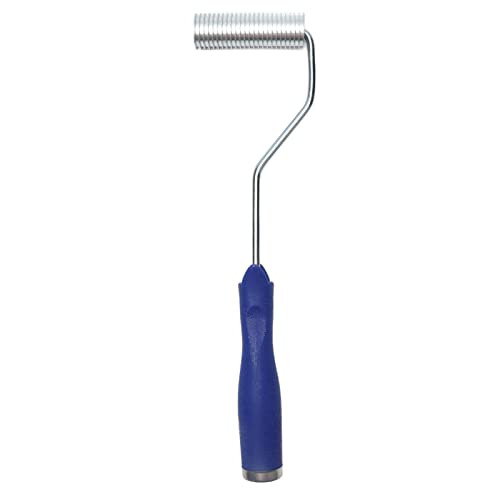Hear me out on this one. I tested the following method extensively with my previous build. I've documented it here somewhere a long time ago. Been awhile since I've posted.
It's been mentioned to use foam between the ribs. For sure do this - it should be 1-1/2" thick to build up the floor to make it even with the ribs. This will provide all of the support for weight of humans and gear that you will need. After this you don't have to worry about what weatherproofing method you are going to use on plywood or what type of plywood to buy. Instead of plywood, go out and buy yourself a sheet of 3/4" foam insulation - the same stuff you just used between the ribs except in 3/4". The weight of this stuff is practically zero. This is what you are going to lay down as your finished floor. Cut this to fit your floor side to side and front to back. To make it look and feel nice and to protect it you can now use either marine carpet or vinyl. Cover the surface by gluing the carpet or vinyl down with flooring adhesive and wrap it around the sides to the back where you will again glue it and then staple it. Yes the staples will want to pull out but they are not there to hold it down - they will hold it laterally until the glue dries and that will glue the staples in place as well.
What I have just described is to use foam insulation board wrapped in carpet for your floor. It has no structural properties so that's why you need to have a flat supporting surface underneath it by filling in the voids between the ribs with foam. "The foam is light and will blow out of the boat going down the highway!" you say. All it takes is a panhead screw - I used exterior grade cabinet screws, and you screw through the carpet and foam and into the floor ribs - make sure they're not too long to protrude all the way out the bottom of the boat. A regular screw will pierce the aluminum rib all by itself, no need to predrill. A couple screws in each rib will keep this floor in place.
This floor weighs nothing other than the weight of the carpet and it is completely weatherproof. It's a nice padded surface to stand on all day too. I did my whole boat - floor and decks in this fashion - I only substituted plywood of the same thickness anywhere that I knew I would need structure like for a trolling motor or a hatch lid. I even glued plywood and foam board together edge-to-edge and wrapped it in carpet all as one piece. The boat got used by me and a friend 2-3 times a week for 3 summers like this and the foam board has held up better than the plywood areas. No, it does not "crush" or flatten under weight. No, the screw heads do not pop through - the carpet prevents this. You simply have a small dimple where the screw is. That's it.
You want a light weight and maintenance free deck or floor - use foam board.























































